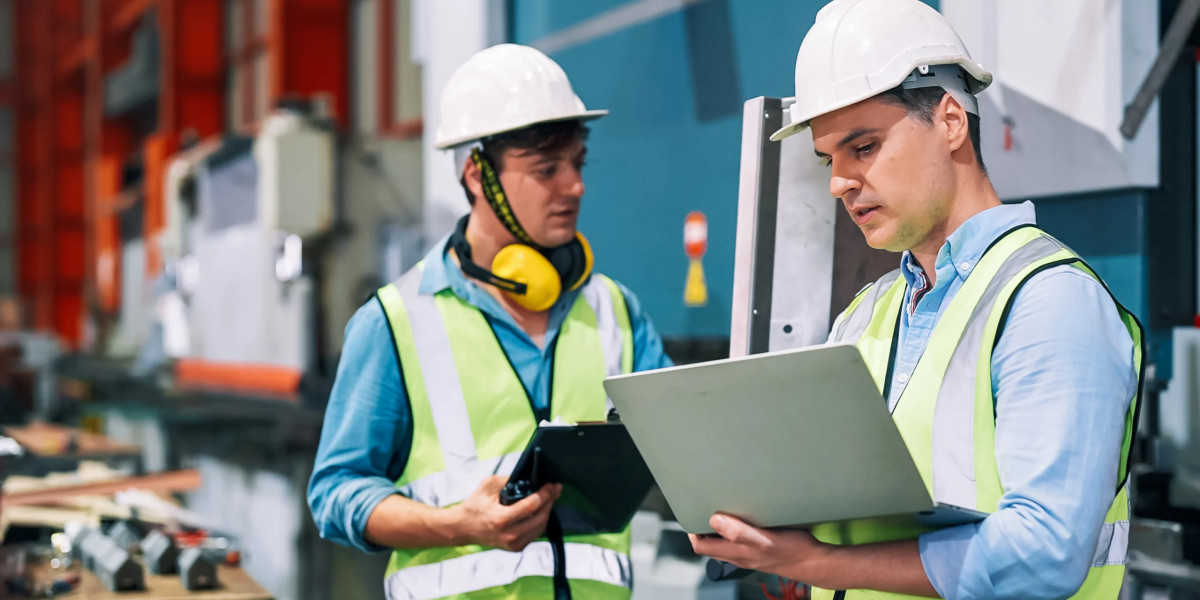When people talk about roadside safety, most of us immediately think about speed limits, traffic signals, or reflective road signs. But there is another critical safety measure that often gets overlooked: high visibility clothing. Whether you are a construction worker repairing a road, a police officer directing traffic, or even a pedestrian walking near highways at night, being visible can literally save your life. This clothing acts as a shield, making you noticeable in environments where vehicles are constantly moving, and drivers have only a few seconds to react.
Before diving deeper into this safety measure, it is important to highlight how training programs like an IOSH Course play a role. These courses teach professionals how to identify workplace hazards, including the risks of working near roadways. They emphasize that personal protective equipment is not just about helmets and gloves but also about making sure workers are visible and safe in high-risk environments.
Why Visibility Matters in Roadside Safety
Imagine driving late at night on a poorly lit road. Suddenly, you notice a person working near the roadside. If they are wearing dark clothing, you will probably see them only when you are dangerously close. However, if they are wearing bright reflective clothing, you spot them from a distance, giving you plenty of time to slow down or change lanes.
This simple example shows why visibility matters. Drivers are often distracted or have reduced vision in poor weather conditions. High visibility clothing helps eliminate guesswork—it makes workers stand out, even in low-light or high-traffic conditions.
The Science Behind High Visibility Clothing
High visibility clothing is not just about bright colors. It combines fluorescent materials and reflective strips designed to capture light and reflect it back toward the source. This ensures that whether it’s daylight, dusk, or night, the person wearing it is easily noticed.
Fluorescent materials, like neon yellow or orange, are best during the day because they absorb invisible ultraviolet rays and convert them into visible light, making the colors appear brighter. Reflective strips, on the other hand, work at night by reflecting headlights directly back to drivers, giving an unmistakable signal of presence.
Common Situations Where High Visibility Clothing is Essential
High visibility clothing is not limited to road workers. There are countless real-world scenarios where it plays a vital role in safety:
Construction sites near busy roads where workers are exposed to fast-moving vehicles.
Emergency responders who need to be visible while assisting accident victims on highways.
Traffic police officers controlling congested intersections.
Cyclists and pedestrians walking or riding in dimly lit areas.
In all these situations, high visibility clothing is the difference between being seen and being invisible to drivers.
Roadside Hazards Without Proper Clothing
The risks of not wearing high visibility clothing can be severe. Workers near traffic are at constant risk of being struck by vehicles. Even experienced drivers may fail to notice someone standing on the roadside without reflective gear. Weather conditions like fog, rain, or snow increase the dangers because they reduce both visibility and reaction time.
This is why organizations and safety training providers stress the importance of this gear. It transforms workers into highly visible figures, reducing the chances of accidents significantly.
The Link Between Training and Protective Clothing
Training programs such as the IOSH Training Course help individuals understand the deeper purpose of protective clothing. Instead of viewing it as a simple uniform, workers learn to see it as life-saving equipment. These programs also teach supervisors how to ensure compliance among teams, reinforcing a culture of safety.
When roadside workers combine knowledge from safety training with the use of protective clothing, they create a safer work environment not just for themselves but for every driver and pedestrian passing by.
Steps to Ensure Proper Use of High Visibility Clothing
Step 1: Choose the Right Type of Clothing
Not all high visibility gear is the same. There are vests, jackets, trousers, and even full-body suits designed for different levels of exposure. Select clothing that meets recognized safety standards for roadside work.
Step 2: Ensure Proper Fit
Loose or oversized clothing may reduce mobility and even get caught in machinery. Well-fitted gear ensures comfort while keeping workers fully visible.
Step 3: Inspect Before Use
Reflective strips can wear out or lose effectiveness after repeated washes. Workers should check their gear regularly to ensure it still reflects properly.
Step 4: Wear Clothing at All Times
It may be tempting to remove gear during short tasks, but accidents often happen when people least expect them. High visibility clothing should be worn consistently whenever workers are near roadways.
Step 5: Train Teams on Importance
Supervisors should conduct refresher sessions reminding workers why this clothing is vital. This step reinforces accountability and keeps safety a shared responsibility.
Real-Life Story: A Lesson in Visibility
A roadside maintenance worker once shared how his reflective jacket saved him during a late evening repair job. A speeding driver did not notice the construction signs but spotted the worker’s reflective stripes in time to swerve away. That single moment proved how protective gear can mean the difference between life and death.
Stories like this remind us that safety clothing is not just a uniform—it’s a shield.
How Employers Can Promote Roadside Safety
Employers hold a big responsibility in ensuring their workers are protected. Some key measures include:
Providing high-quality, certified safety clothing.
Conducting regular training sessions on roadside hazards.
Replacing old or damaged gear promptly.
Creating a culture where safety gear is respected as essential.
By investing in both training and protective clothing, companies demonstrate that they value their workers’ lives above everything else.
The Confidence to Stay Safe
For workers, wearing high visibility clothing provides peace of mind. Knowing that they are visible to drivers boosts confidence, allowing them to focus more on their job instead of constantly worrying about oncoming traffic. This confidence translates into better productivity and fewer workplace incidents.
For employers and individuals alike, combining training such as an IOSH Course with the consistent use of protective gear ensures not only compliance with safety regulations but also genuine protection against roadside hazards.
Read More on Training and Safety
If you want to learn more about building a safer workplace and handling roadside risks effectively, enrolling in an IOSH Training Course can be a valuable step. It equips you with practical skills and a deeper understanding of hazard management, helping you stay prepared for real-life challenges.
Conclusion
Roadside work comes with unavoidable risks, but high visibility clothing dramatically reduces those dangers. By making workers stand out in any condition, it gives drivers the extra seconds needed to react safely. When combined with proper training programs like the IOSH framework, it becomes part of a powerful safety strategy.
For every worker, employer, and road user, the message is simple: being visible is being safe. Investing in high quality protective gear is not just a regulatory requirement—it is a life-saving choice.







